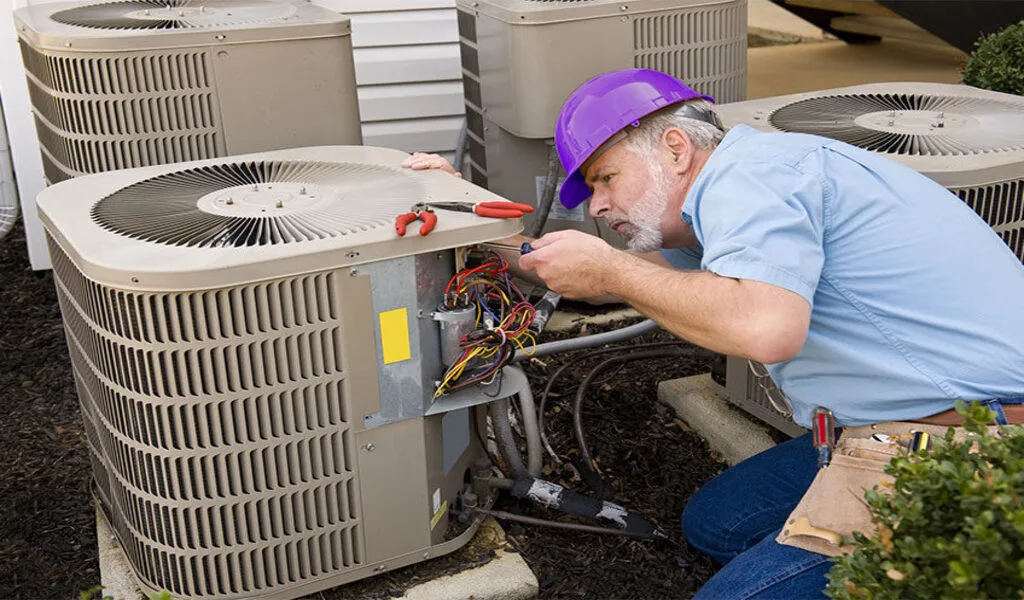Learning
Air Conditioning Roof Platforms: Enhancing Efficiency And Longevity

In an era where climate control is essential for our comfort and well-being, air conditioning systems have become a ubiquitous feature of modern buildings. These systems, however, often rely on rooftop units that require careful installation and maintenance to ensure efficiency and longevity.
By giving rooftop HVAC units a solid and safe footing, air conditioning roof platforms are essential to accomplishing this aim. In this article, we will look at the importance of air-conditioning roof platforms in enhancing efficiency and longevity.
The Role Of Air Conditioning Roof Platforms
Air conditioning roof platforms, also known as HVAC (Heating, Ventilation, and Air Conditioning) equipment stands or supports, are structures designed to support and elevate rooftop HVAC units above the roof’s surface. These platforms serve multiple essential functions:
1. Weight Distribution: Rooftop HVAC units can be quite heavy. Placing them directly on the roof can lead to stress and damage to the roof structure. Air conditioning roof platforms distribute the weight evenly, reducing the risk of damage and preserving the integrity of the roof. Air conditioning unit platforms are the unsung heroes of rooftop HVAC systems, ensuring both efficiency and longevity by providing a stable and protective foundation for these crucial climate control units
2. Improved Airflow: Elevating the HVAC unit allows for better airflow around and beneath it. This improved ventilation helps the unit operate more efficiently by preventing overheating and allowing it to draw in fresh air more effectively.
3. Drainage And Condensation Control: Roof platforms are often equipped with proper drainage systems that help manage water runoff and condensation. This prevents water damage to the unit and the roof itself, which can lead to costly repairs.
4. Accessibility: Air conditioning roof platforms make it easier for technicians to access and service the HVAC unit. Routine maintenance and repairs can be performed more safely and efficiently when the unit is elevated and easily accessible.
Enhancing Efficiency
Efficiency is a key factor in the operation of any air conditioning system. In addition to creating a cosy interior atmosphere, an effective HVAC system saves energy and lowers running expenses. Air conditioning roof platforms contribute to efficiency in several ways:
1. Reduced Energy Consumption: Properly installed roof platforms ensure that the HVAC unit can operate optimally. When the unit is not exposed to extreme heat or dampness and has enough ventilation, it functions more effectively, using less energy and resulting in reduced electricity costs.
2. Longer Lifespan: By protecting the HVAC unit from direct contact with the roof’s surface, air conditioning roof platforms help extend the lifespan of the equipment. This means fewer replacements and lower long-term costs for building owners.
3. Enhanced Cooling Performance: Elevated units can draw in cooler, less contaminated air, improving their cooling performance. This is especially crucial in hot climates where maintaining a consistent indoor temperature can be challenging.
4. Easy Maintenance: Accessible rooftop units are easier to maintain and service. Regular inspections and tune-ups can be conducted without the need for complex equipment or costly downtime.
Ensuring Longevity
The longevity of rooftop HVAC units is a significant concern for building owners and facility managers. Replacing or repairing these units can be a costly endeavour. Air conditioning roof platforms contribute to the longevity of these units in several ways:
1. Protection From Environmental Factors: Roof platforms provide a protective barrier between the HVAC unit and the roof’s surface. This protection shields the unit from weather elements, such as rain, snow, and harsh sunlight, which can cause deterioration and corrosion over time.
2. Preventing Roof Damage: Placing a heavy HVAC unit directly on the roof can result in structural damage over time. Roof platforms distribute the weight, reducing the risk of damage to the roof structure.
3. Avoiding Water Damage: Proper drainage systems on roof platforms prevent water buildup around the HVAC unit. This helps prevent water damage to the unit itself and the roof, avoiding costly repairs and replacements.
4. Improved Air Quality: Elevating the HVAC unit above the roof surface helps keep it away from debris, leaves, and other contaminants that may accumulate on the roof. This improves air quality and reduces the risk of debris entering the unit’s ventilation system.
Conclusion
Air conditioning roof platforms are integral components of HVAC systems, playing a vital role in enhancing efficiency and longevity. These platforms ensure that rooftop HVAC units operate optimally, consume less energy, and have an extended lifespan.
Building owners and facility managers should prioritize the proper installation and maintenance of air conditioning roof platforms to reap the benefits of a well-functioning and long-lasting climate control system. In the current day, air conditioning roof platforms are an essential instrument for accomplishing sustainability and energy efficiency goals without sacrificing a comfortable interior atmosphere.






























